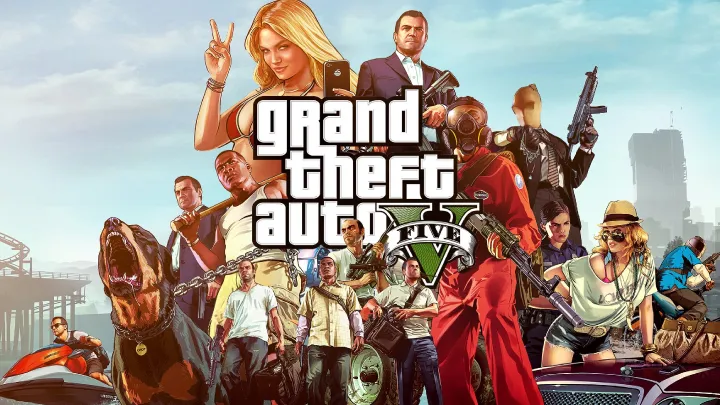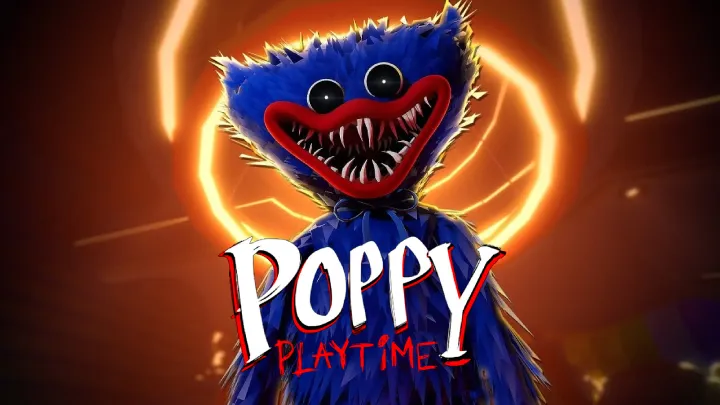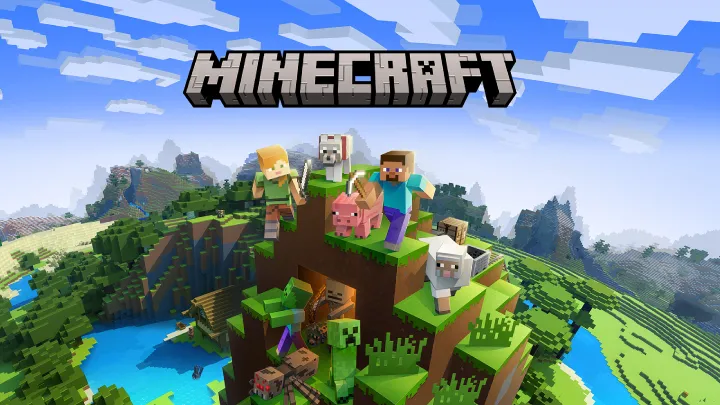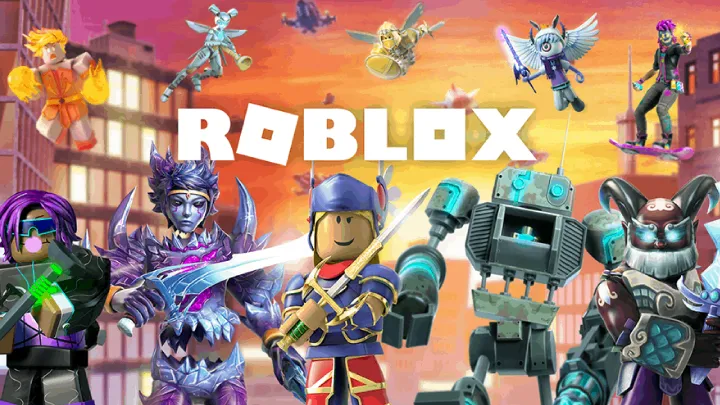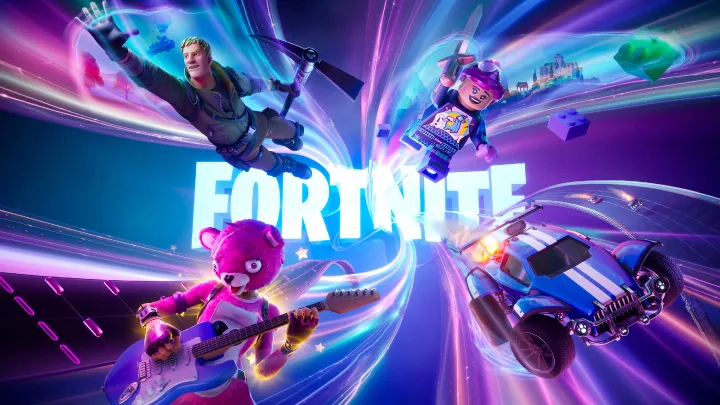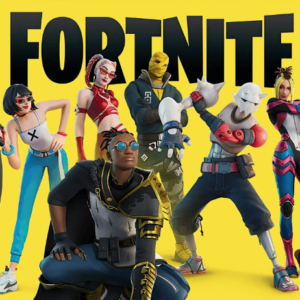
Description
Fortnite: Battle Royale is an online survival shooter developed by Epic Games, where 100 players land on a vast island and fight to become the last one standing.
Unlike other battle royale games, Fortnite introduces a unique building mechanic, allowing players to gather resources, construct walls, ramps, and structures for both defense and offense during intense battles.
With its creative gameplay, constantly evolving seasonal content, and iconic collaborations with Marvel, DC, Star Wars, as well as massive virtual concerts, Fortnite has become a global cultural phenomenon.
Game Details
Screenshots
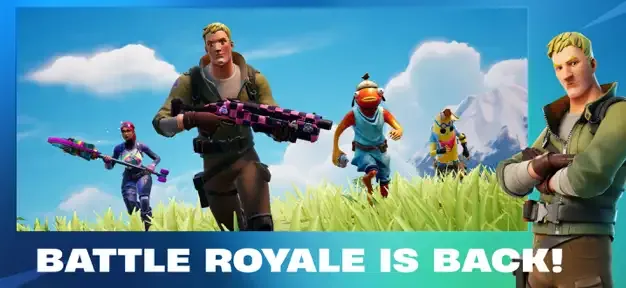
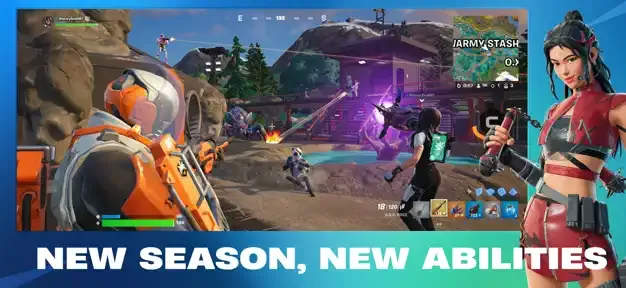
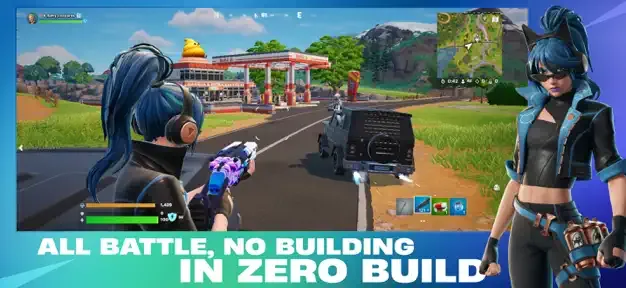

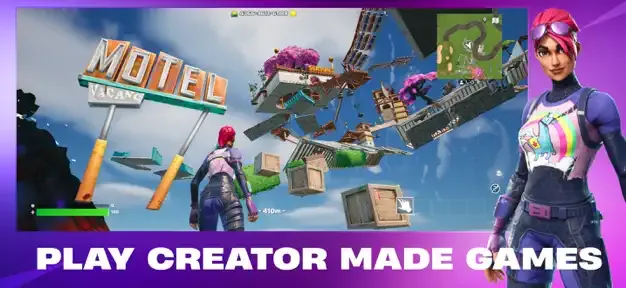

Introduction
When Fortnite launched in 2017, few could have predicted it would become one of the most influential entertainment properties of the decade. Developed by Epic Games, it began as a cooperative survival-crafting title (Fortnite: Save the World) but skyrocketed to global fame after pivoting into a free-to-play battle royale mode. Today, Fortnite is more than just a game — it’s a cultural platform, a live entertainment stage, and a trend-defining social hub.
From a game industry analyst’s perspective, Fortnite’s rise and sustained success offer invaluable lessons in rapid product iteration, cross-media integration, and the economics of live-service ecosystems. In this review, we’ll break down its gameplay design, technical execution, monetization strategies, and lasting cultural footprint.
1. Origins and Evolution
Epic Games’ initial Save the World mode was a cooperative PvE experience focused on base building and horde survival. While technically solid, it wasn’t until September 2017 — with the release of Fortnite Battle Royale — that the franchise exploded. The pivot was both strategic and opportunistic, capitalizing on the rising popularity of the battle royale genre sparked by PUBG.
This move marked the start of Fortnite’s live-service evolution, where constant updates, seasonal events, and crossovers kept the game perpetually fresh.
2. Core Gameplay Loop
The Fortnite Battle Royale loop is deceptively simple yet endlessly replayable:
- Drop In – 100 players skydive from the Battle Bus onto a massive island.
- Loot & Equip – Search for weapons, shields, and materials.
- Build & Fight – Unique to Fortnite, players can construct walls, ramps, and structures mid-combat.
- Circle Pressure – Shrinking safe zones drive player encounters.
- Victory Royale – The last player or squad standing claims the win.
The building mechanic fundamentally differentiates Fortnite from its peers, introducing a vertical dimension to combat and rewarding creativity as much as mechanical aim.
3. The Building and Editing System
Fortnite’s building system is its defining feature:
- Material Gathering – Players collect wood, stone, and metal by harvesting the environment.
- Structure Types – Walls, ramps, floors, and pyramids, each serving defensive or offensive purposes.
- Editing Mechanics – Structures can be edited in real-time to create windows, doors, or alternate shapes.
Mastery of build-and-edit speed is critical in competitive play, leading to high-skill expression and intense “build battles” unique to Fortnite’s meta.
4. Art Style and Technical Performance
Unlike the realistic visuals of PUBG, Fortnite opts for a stylized, cartoonish aesthetic:
- Accessibility – Bright visuals appeal to all ages.
- Performance – Smooth across PC, console, and mobile.
- Longevity – Stylized graphics age better than photorealistic ones.
5. Live-Service and Seasonal Model
The heartbeat of Fortnite is its seasonal content cadence:
- Battle Pass – A tiered system offering skins, emotes, and cosmetics.
- Map Evolution – The island changes each season.
- Thematic Seasons – Cosmetics and story arcs align with events.
- Limited-Time Modes (LTMs) – Keep gameplay fresh.
6. Crossovers and Cultural Integration
Fortnite has mastered pop culture integration with Marvel, DC, Star Wars, Naruto, music concerts, and even movie tie-ins, making it a true metaverse-like platform.
7. Monetization Strategy
Epic’s monetization model includes free-to-play access, cosmetics-only purchases, FOMO-driven item shops, and affordable Battle Passes — ensuring massive adoption without pay-to-win mechanics.
8. Competitive Scene and Esports
Fortnite esports includes the World Cup, FNCS, and open qualifications. However, the skill gap from advanced building remains a challenge.
9. Social Hub and Creative Mode
Creative Mode lets players design maps and mini-games, extending Fortnite’s lifespan and functioning as a sandbox platform similar to Roblox.
10. Challenges and Criticisms
Fortnite faces issues like content saturation, skill gap for casuals, and large file sizes due to frequent updates.
11. Future Outlook
Epic aims to evolve Fortnite into a metaverse with advanced creation tools, deeper social integration, and AI-driven events, backed by Unreal Engine technology.
Conclusion
Fortnite combines accessibility, creativity, and cultural synergy into a game, social space, and marketing platform. Its adaptability ensures continued relevance despite challenges.
Final Verdict
Fortnite isn’t just surviving in the competitive battle royale space — it’s defining it.
